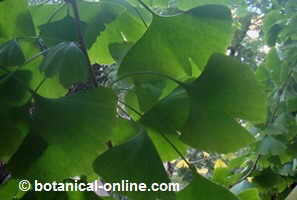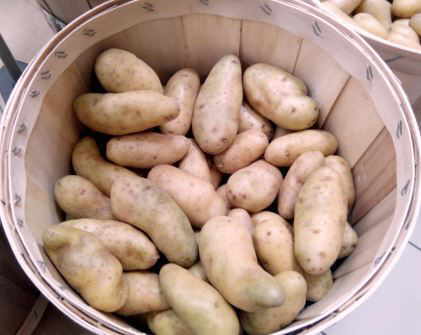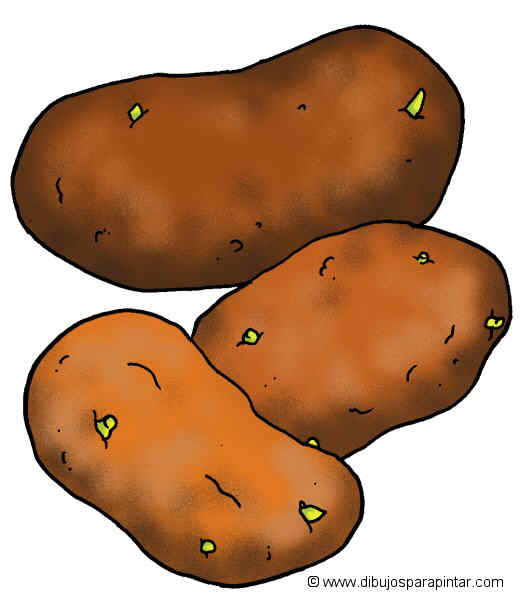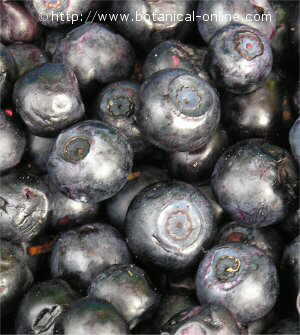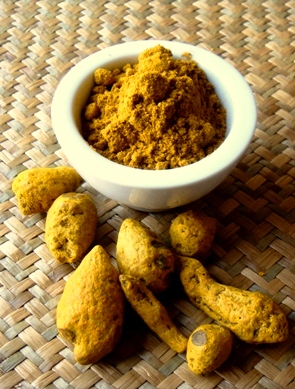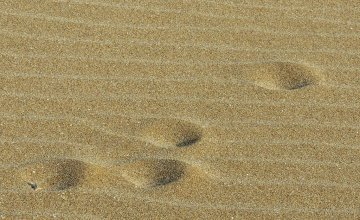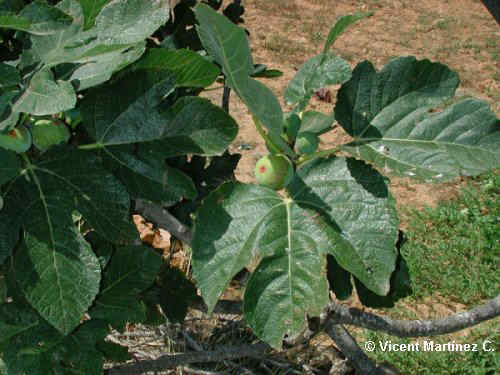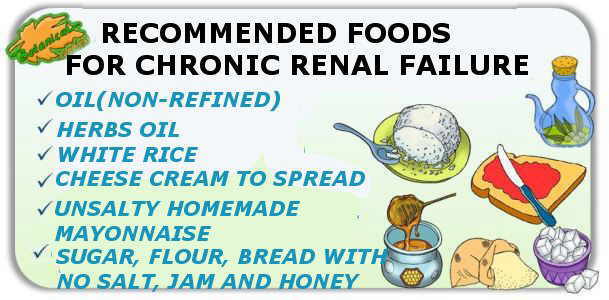Contents
- 1 Benefits of prebiotic fiber
- 1.1 CHARACTERISTICS OF PREBIOTICS
- 1.2 What are prebiotics?
- 1.3 Prebiotics properties
- 1.4 PROPERTIES OF PREBIOTICS
- 1.5 Benefits of prebiotics
- 1.6 Types of prebiotics and their properties
- 1.7 Pectin fiber in apples
- 1.8 Resistant starches, fiber cereals and tubers
- 1.9 Prebiotic fructooligosaccharides (FOS)
- 1.10 Inulin, prebiotic fiber
- 1.11 Oligosaccharides and galacto-oligosaccharides (GOS)
Benefits of prebiotic fiber
CHARACTERISTICS OF PREBIOTICS
What are prebiotics?
Prebiotic or prebiotic fiber are components that the body can not assimilate (not digestible), and that, when they reach the intestine, they are fermented by the intestinal microbiota, or flora.
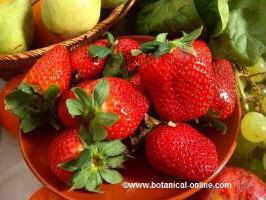 Vegetables provide natural prebiotics that help natural proliferation of healthy bacteria in the gut. Vegetables provide natural prebiotics that help natural proliferation of healthy bacteria in the gut. |
A prebiotic is a fermentable fiber, that is to say, nondigestible carbohydrates susceptible to suffer fermentation by colonic bacteria.
Not all fiber has prebiotic effect, since not all the fiber is fermentable. Among the main ones are: Fructooligosaccharides (FOS), inulin and lactulose.
In general, most plants contain some type of prebiotic among its fibers.
Prebiotics properties
Prebiotics function is to increase our gut healthy bacteria groups such as Bifidobacterium and Lactobacillus. Some yogurts as bifidus yoghurt, beside lactic ferments (Lactobacillus), also provide those of bifidus type (Bifidobacterium).
Prebiotics are added to foods which do not contain fiber, such as yoghurts or fermented milk. The addition of prebiotics (fibers) increases the effectiveness of lactic ferments because they favor its growth.
Foods containing probiotics (bacteria) and prebiotics (fermentable fiber) are called symbiotic food because a component stimulates the activity of the other, being twice effective.
Prebiotics can also be found in other products such as industrial fruit juices and cheese. For example, inulin is added to low-fat cheese in order to impart more consistency.
PROPERTIES OF PREBIOTICS
Benefits of prebiotics
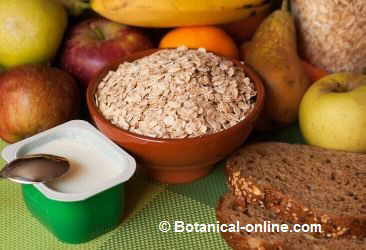 Photo of yogurt with oatmeal. It’s a good combination because the oat fiber (prebiotic) complements the effect of yogurt bacteria (probiotics) Photo of yogurt with oatmeal. It’s a good combination because the oat fiber (prebiotic) complements the effect of yogurt bacteria (probiotics) |
Prebiotics are fermentable fibers present in plants that stimulate the growth, proliferation and activity of certain bacteria in the colon, with healthy effects on the body.
Early theories about the benefits of prebiotics are the investigations of G. R. Gibson and M. B. Roberfroid.
Among the benefits of a healthy intestinal flora, is the increase of immunity, cholesterol reduction, protection of the intestinal mucosa, preventing constipation.
Recently it is being investigated its relation to intestinal diseases such as Crohn’s disease, colitis or even with the onset of diabetes and obesity.
Types of prebiotics and their properties
Prebiotic are generally short chain carbohydrates. Inulin is a fiber, which is an exception of a polysaccharide (long chain carbohydrate) that behaves as a prebiotic
The most studied prebiotics, and that can be found in foods naturally (. Only vegetables, sauerkraut, etc.), pharmaceutical products or added to dairy products to balance the intestinal flora are:
Pectin fiber in apples
Pectin fiber is one of the most abundant types of fiber in fruits, especially in apples, quinces, pears, plums, and citrus fruit (oranges, lemon,…) and generally in many fruits: mangoes, carrots, bananas, pumpkins, figs, etc.
Pectin is part of the cell wall of plants, and especially is in the fruit skin.
While fresh fruits are a good source of pectin, its prebiotic effect increases when cooked. With cooking, fiber pectin gelatinizes, forming a juicy substance, very characteristics in jams, such as in quince paste, baked apples or stewed apples. Pectin is responsible for the gelatinous texture of these preparations.
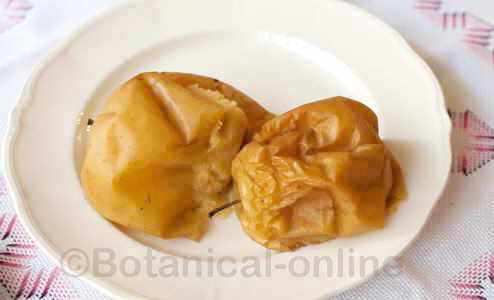
Photo of baked apples. They are healthy for all ages and also have a great prebiotic effect by improving the microbiota or gut bacteria. They are recommended for diarrhea and constipation.
Resistant starches, fiber cereals and tubers
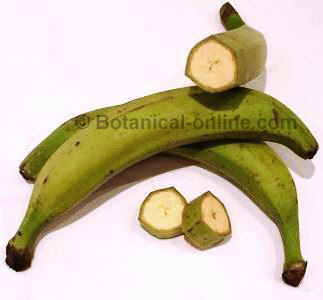 Green banana is rich in resistant starches |
Resistant starches are a type of soluble fiber, which also has a small portion of insoluble fibers, being a highly fermentable fiber.
Resistant starches or retrograde starches form part of foods rich in carbohydrates.
They can also be formed by means of cooking foods rich in starch (such as potatoes, rice, etc.) and cooling them in the refrigerator (4 ° C temperature).
Upon cooling, cooked starches crystallize being no longer digestible by digestive enzymes (retrograde starches), reaching the colon to ferment, acting as a prebiotic to feed the intestinal microbiota fiber.
Thus also the calories of potato are reduced (potato salad or just cooked potatoes, cool, and reheat if desired).
The green banana is also rich in resistant starch and can be consumed as a prebiotic food. (Boil and eaten as a vegetable or prepared in delicious desserts, such as truffles with cocoa, flourless brownie, etc.)
Prebiotic fructooligosaccharides (FOS)
Label probiotic supplement with FOS (prebiotic). Prebiotics, like FOS, are added to probiotic supplements to improve their effectiveness
Like inulin, it consists mainly of fructose monosaccharides (fructans). Fructooligosaccharides (FOS) are prebiotic fibers (disaccharide) obtained from the partial hydrolysis of inulin, which is extracted from the chicory root.
FOS are most commonly used in formulations such as yogurt or products to balance the intestinal flora prebiotics. FOS is a type of oligofructose.
FOS are not digested during its passage through the intestine, but they are fermented by the intestinal microbiota, generating short-chain fatty acids as a result of fermentation.
It has been shown in numerous studies that such prebiotic FOS, increase the healthy populations of bacteria (Bifidobacterium) and significantly decreases populations of pathogenic bacteria (Clostridium, Bacteroides and Fusarium)
Inulin, prebiotic fiber
Inulin is the only prebiotic fiber that is a polysaccharide, that is to say, a long chain carbohydrate. For commercial uses, it is extracted from the chicory root, although it is also found in foods like artichokes., In the Jerusalem artichoke, cardoon, salsify, dandelion, and many plants of the genus agave (maguey or agave).
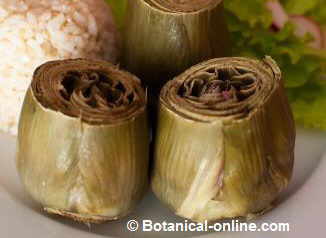 Artichokes are rich in inulin Artichokes are rich in inulin |
There are very comprehensive studies on probiotic properties of agave juice or mead due to its content of inulin.
In vivo studies they have shown to increase the population of healthy bacteria lactobacilli type (Lactobacillus) and bifidobacteria (Bifidobacterium), and to reduce pathogenic bacteria Clostridium and Escherichia coli.
Additionally inulin brings added benefit over other prebiotics, since it has been observed that intestinal absorption of calcium and magnesium increases to 65% with the use of this type of fiber.
Inulin is used in the food industry to replace fat (used to improve the consistency of low-fat cheese) and as a prebiotic. It improves the texture of skim milk, providing consistency in a product with less fat.
Oligosaccharides and galacto-oligosaccharides (GOS)
They are components found in breast milk and beef. It has been shown to increase the population of healthy bacteria Bifidobacterium.
– Lactulose and lactinol: Disaccharides are synthetic derivatives of lactose, which have proven properties to reduce pathogenic bacteria of the genera Clostridium, Eubacterium and Bacteroides and to increase the population of healthy bacteria: Bifidobacterium, Lactobacillus and Streptococcus.
– Oligosaccharides derived from soybean: Industrially prebiotic from soy are extracted, such as the disaccharides raffinose, stachyose and verbascose.
They increase the population of bacteria of the genus Bifidobacterium and decrease the number of Clostridia and Bacteroides.
*Related information:
– How to improve intestinal flora
– Bad food for intestinal flora
– The use of sweeteners modifies the intestinal flora
![]() More information on probiotics.
More information on probiotics.

